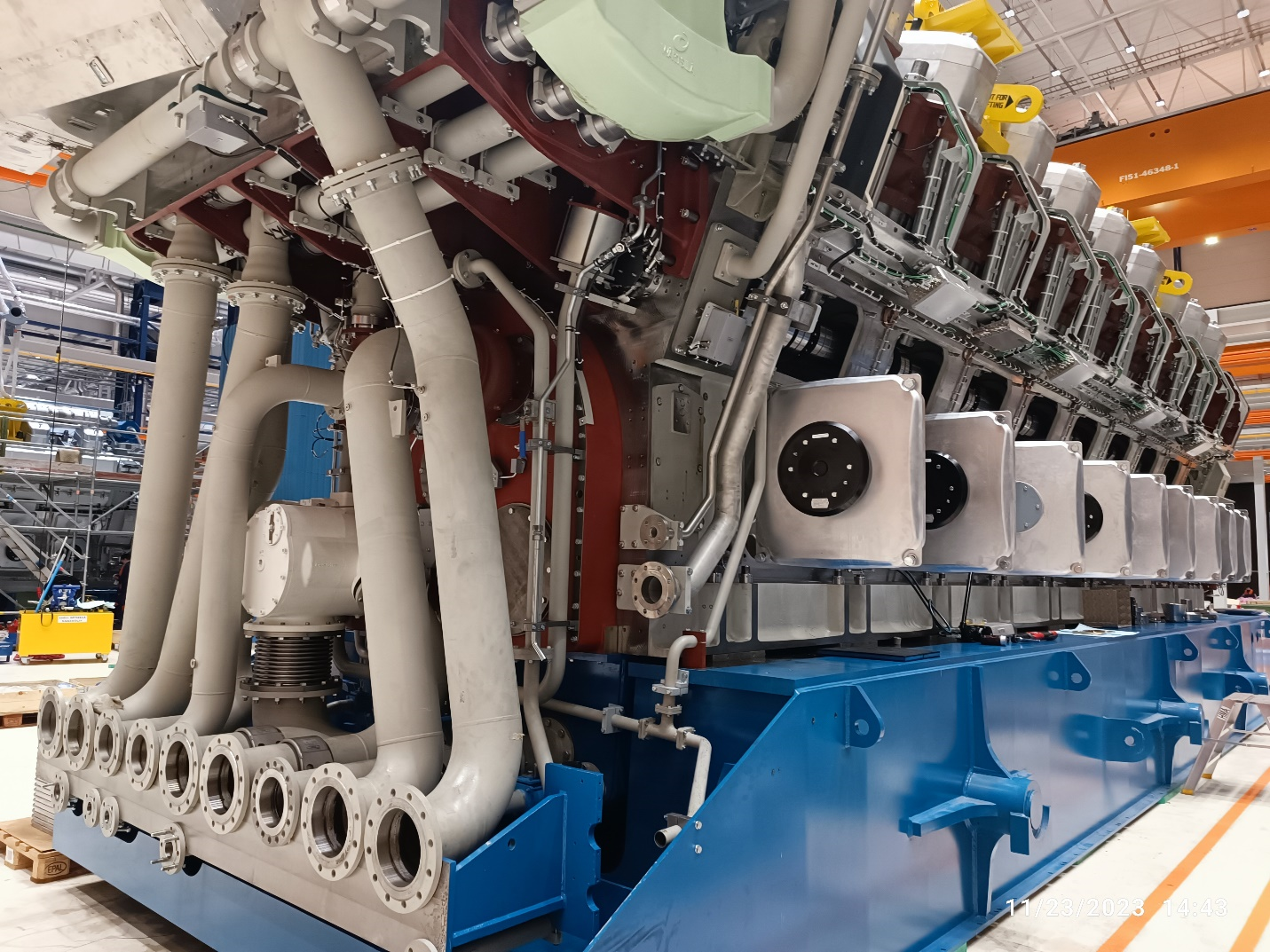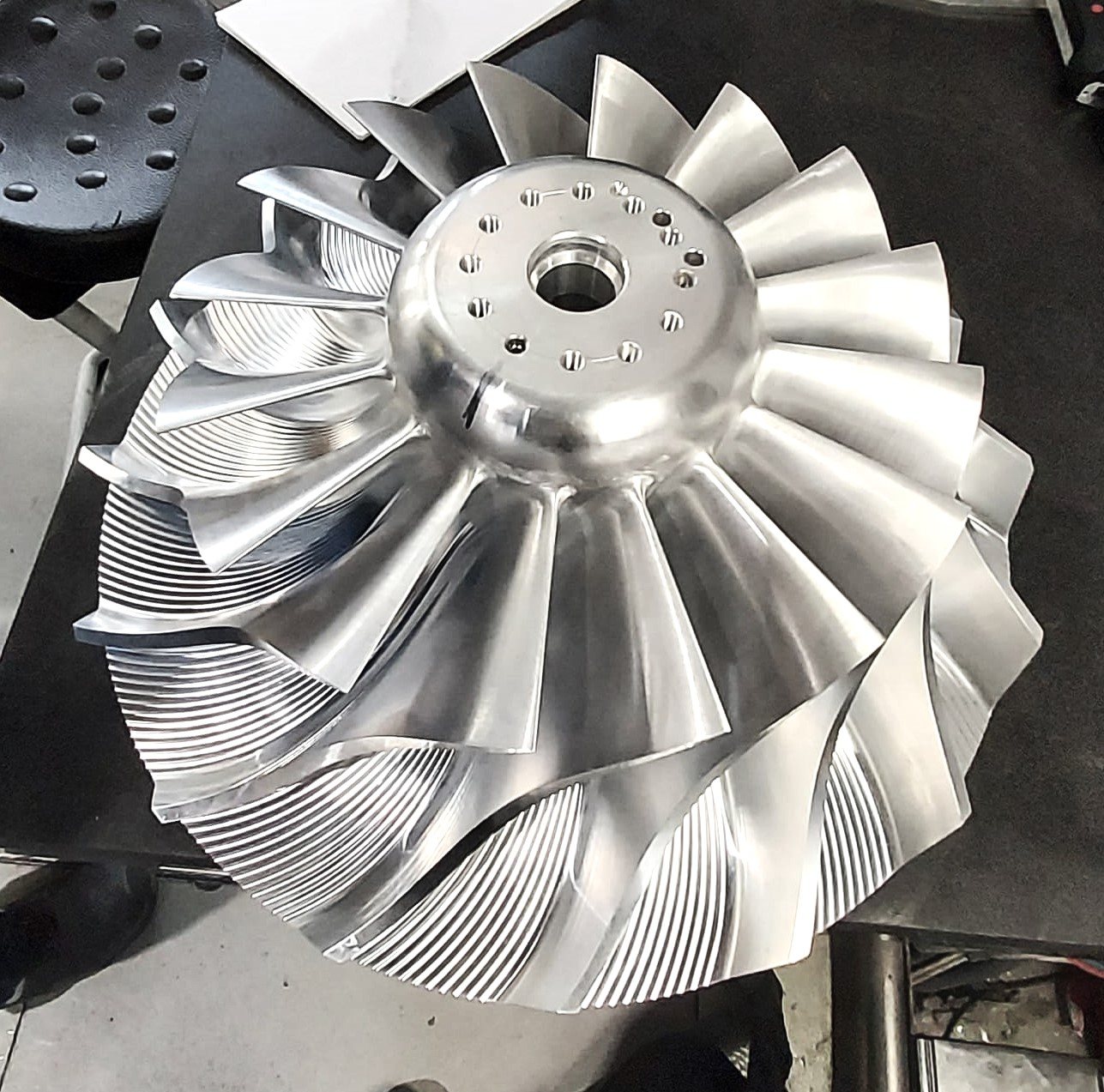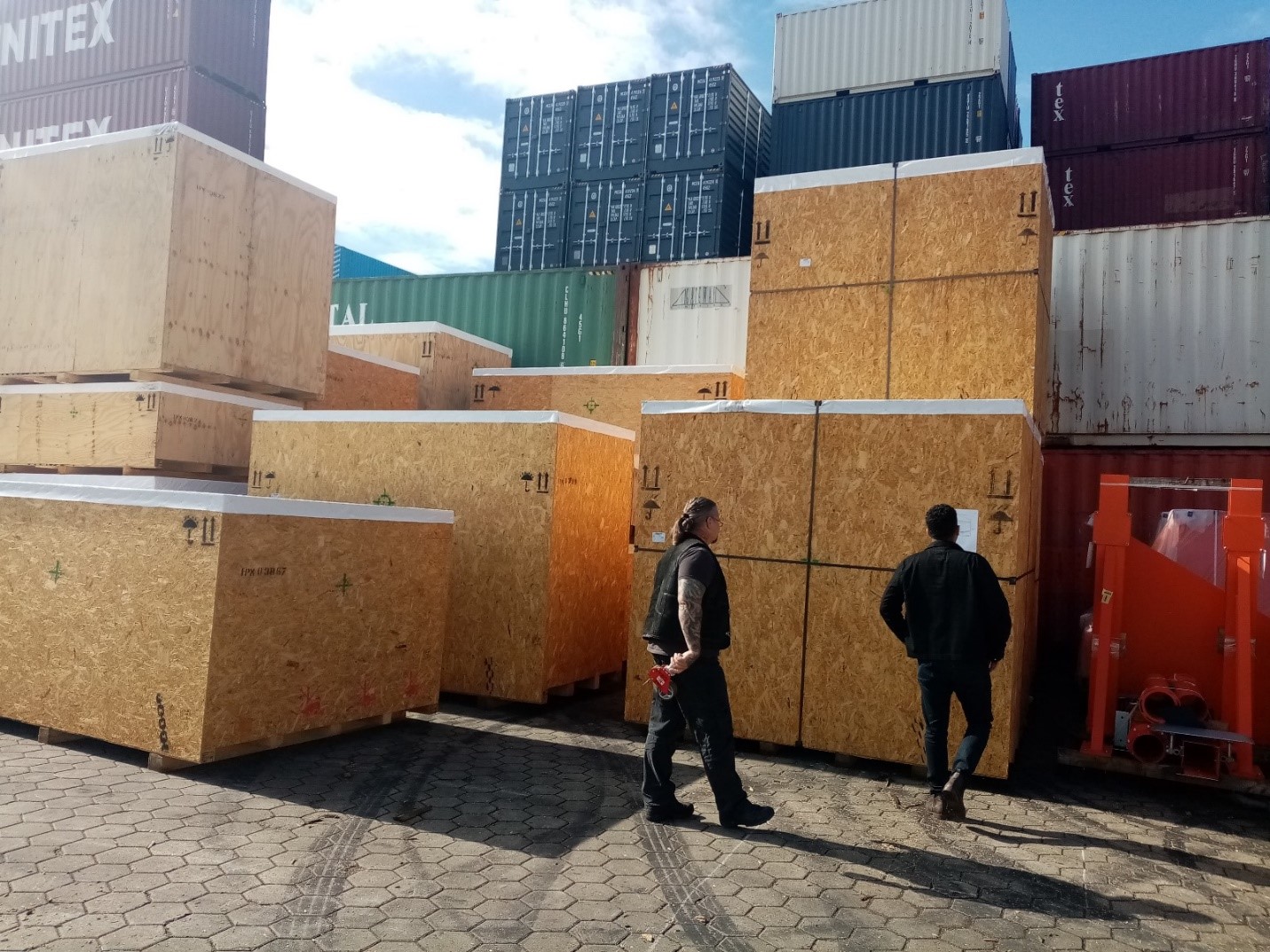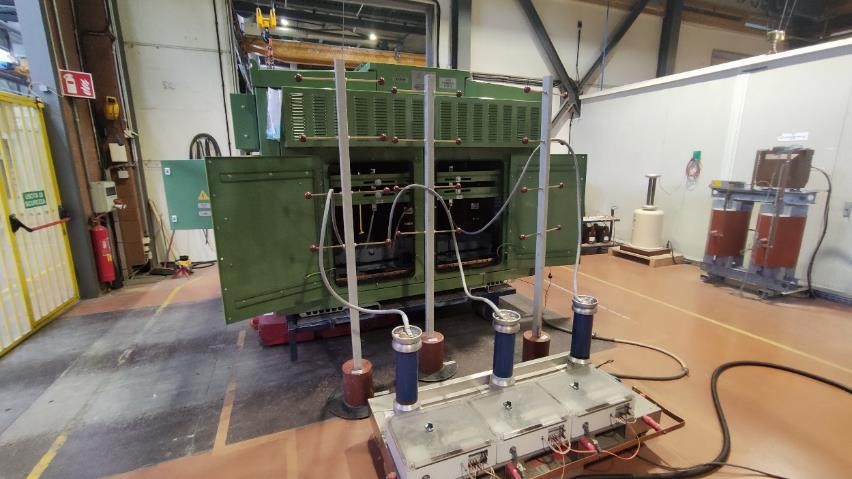Welding inspection steps:
To build a structure with welded joints, the inspection is performed in three steps which include:
- Pre-welding inspection
- Inspection during welding
- Inspection after welding
Pre-welding inspection:
Pre-welding inspection includes other items such as:
- Information on the required quality of work and the sensitivity of the structure.
- Study of drawings and technical specifications.
- Comparison of specifications given by the client and the required quality of the product.
- Study of relevant standards and selection of executive standards.
- Selection and evaluation of welding methods.
- Material selection and material inspection.
- Selection and inspection of consumable materials.
- Inspection of welding, cutting and heat treatment equipment.
- Examination of welders and operators and verification of their qualifications.
- Investigation of inspection facilities.
Inspection during welding:
Inspection during welding also includes items such as:
- Inspection of welding parts and ready welding seams.
- Inspection of welding parts and adjacent surfaces in order to ensure cleanliness and No contamination of substances that cause welding defects.
- Inspection of welded or grooved surfaces in terms of shell, cracks and etc.,
- Inspection and order of welding, use of clamps, fixtures and other arrangements to control the complexity of welding.
- Inspection of welding materials in terms of having optimum conditions and drying of alkali coated electrodes according to approved instructions.
- Inspection of certified welders who have code and quality control of their welding during operation
- Cleaning control and removal of welding slags between the layers and welding passes.
- Preheat inspection and maintaining intermittent temperature if necessary.
Inspection after welding:
The most important tests and inspections carried out after welding in order to:
1. Evaluate the properties and quality of the welded joints.
2. Assess the conformity of the welded structures for specific purposes.
Welded joints tests and inspections can be divided in two main groups:
- Destructive testing (DT)
- Non-destructive testing (NDT)
1. Destructive testing (DT):
As the name of this test suggests, DT involves destruction of welded unit or selected sample and the sample cannot be used again. Different examinations carried out on samples. Selecting the samples and how to prepare samples for different examinations depends on application that specified in the standards. Some of destructive tests are:
- Tensile test
- Bending test
- Impact test
- Hardness Test
- Corrosion Testing
- Etch Test
2. Non-destructive testing (NDT):
The purpose of these kind of tests is to detect various defects in the weld either in surface or depth. NDT involves the testing of welds without destroying the welds or parts. NDT also known as non-destructive examination (NDE), non-destructive inspection (NDI) and non-destructive evaluation (NDE). The common NDT techniques are:
- Visual & Optical Test
- Radiographic Test
- Ultrasonic Test
- Magnetic Particle Test
- Leakage Test
- Dye Penetrant Test





pharmacy online
After going over a handful of the blog articles on your
site, I seriously like your technique of blogging.
I saved as a favorite it to my bookmark website list and will be checking back soon.
Take a look at my website as well and let me know what you think.